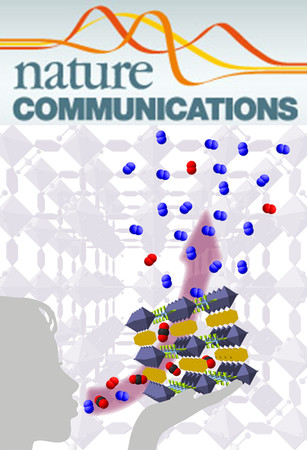Nat Commun. 2022 Jun 10;13(1):3348. doi: 10.1038/s41467-022-30493-3
Embryo-scale epithelial buckling forms a propagating furrow that initiates gastrulation
Julien Fierling#1, Alphy John#2, Barthélémy Delorme#2, Alexandre Torzynski1, Guy B Blanchard3, Claire M Lye3, Anna Popkova2, Grégoire Malandain4, Bénédicte Sanson3, Jocelyn Étienne#5, Philippe Marmottant#1, Catherine Quilliet#1, Matteo Rauzi#6
Affiliations
1Univ. Grenoble Alpes, CNRS, LIPhy, 38000, Grenoble, France.
2Université Côte d’Azur, CNRS, Inserm, iBV, Nice, France.
3Department of Physiology, Development and Neuroscience, University of Cambridge, Cambridge, Great-Britain, England.
4Université Côte d’Azur, Inria, CNRS, I3S, Nice, France.
5Univ. Grenoble Alpes, CNRS, LIPhy, 38000, Grenoble, France. Jocelyn.Etienne@univ-grenoble-alpes.fr.
6Université Côte d’Azur, CNRS, Inserm, iBV, Nice, France. Matteo.Rauzi@univ-cotedazur.fr.
#Contributed equally.
Abstract
Cell apical constriction driven by actomyosin contraction forces is a conserved mechanism during tissue folding in embryo development. While much is now understood of the molecular mechanism responsible for apical constriction and of the tissue-scale integration of the ensuing in-plane deformations, it is still not clear if apical actomyosin contraction forces are necessary or sufficient per se to drive tissue folding. To tackle this question, we use the Drosophila embryo model system that forms a furrow on the ventral side, initiating mesoderm internalization. Past computational models support the idea that cell apical contraction forces may not be sufficient and that active or passive cell apico-basal forces may be necessary to drive cell wedging leading to tissue furrowing. By using 3D computational modelling and in toto embryo image analysis and manipulation, we now challenge this idea and show that embryo-scale force balance at the tissue surface, rather than cell-autonomous shape changes, is necessary and sufficient to drive a buckling of the epithelial surface forming a furrow which propagates and initiates embryo gastrulation.
PMID: 35688832
DOI: 10.1038/s41467-022-30493-3

